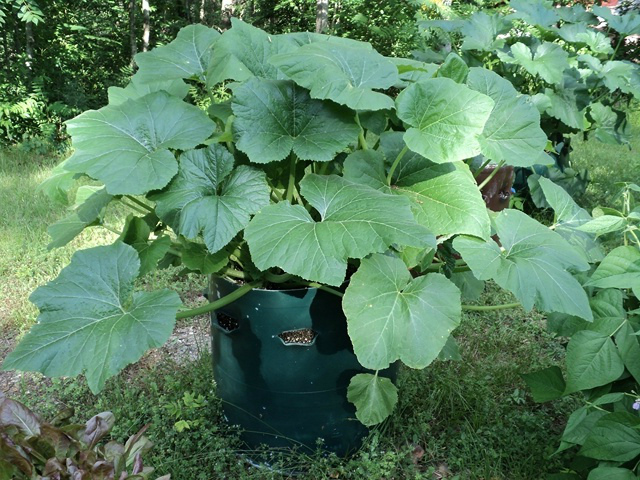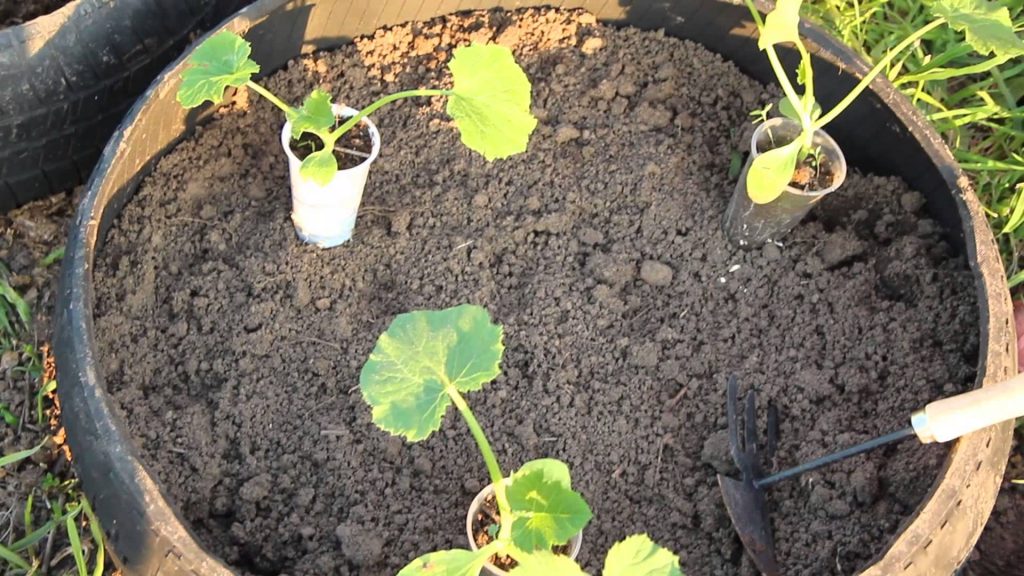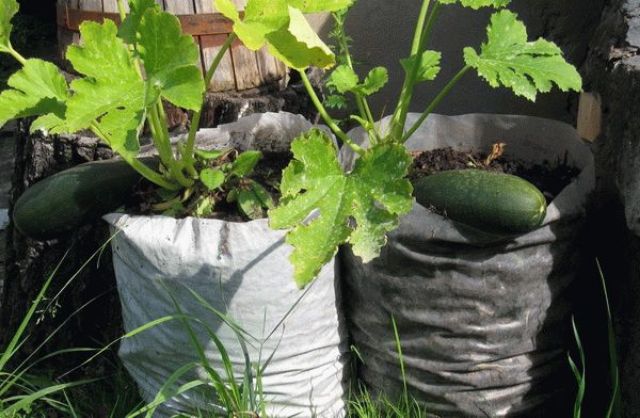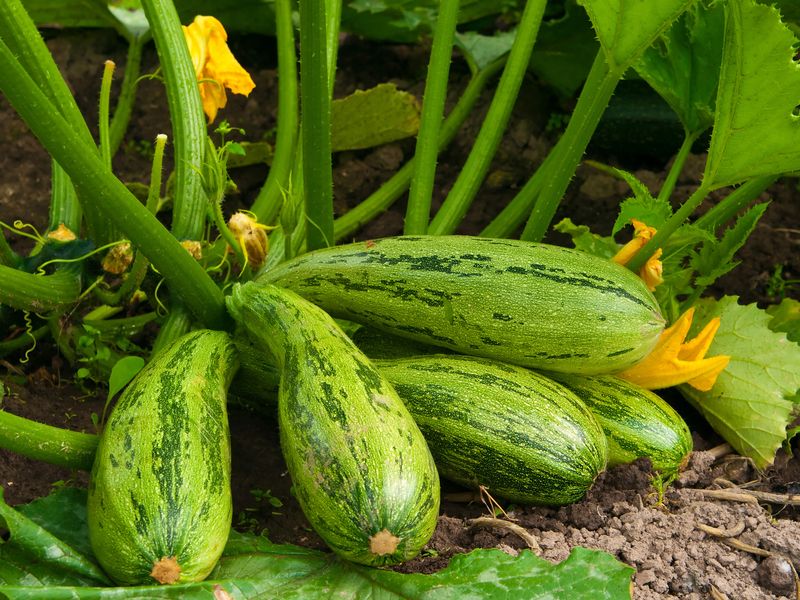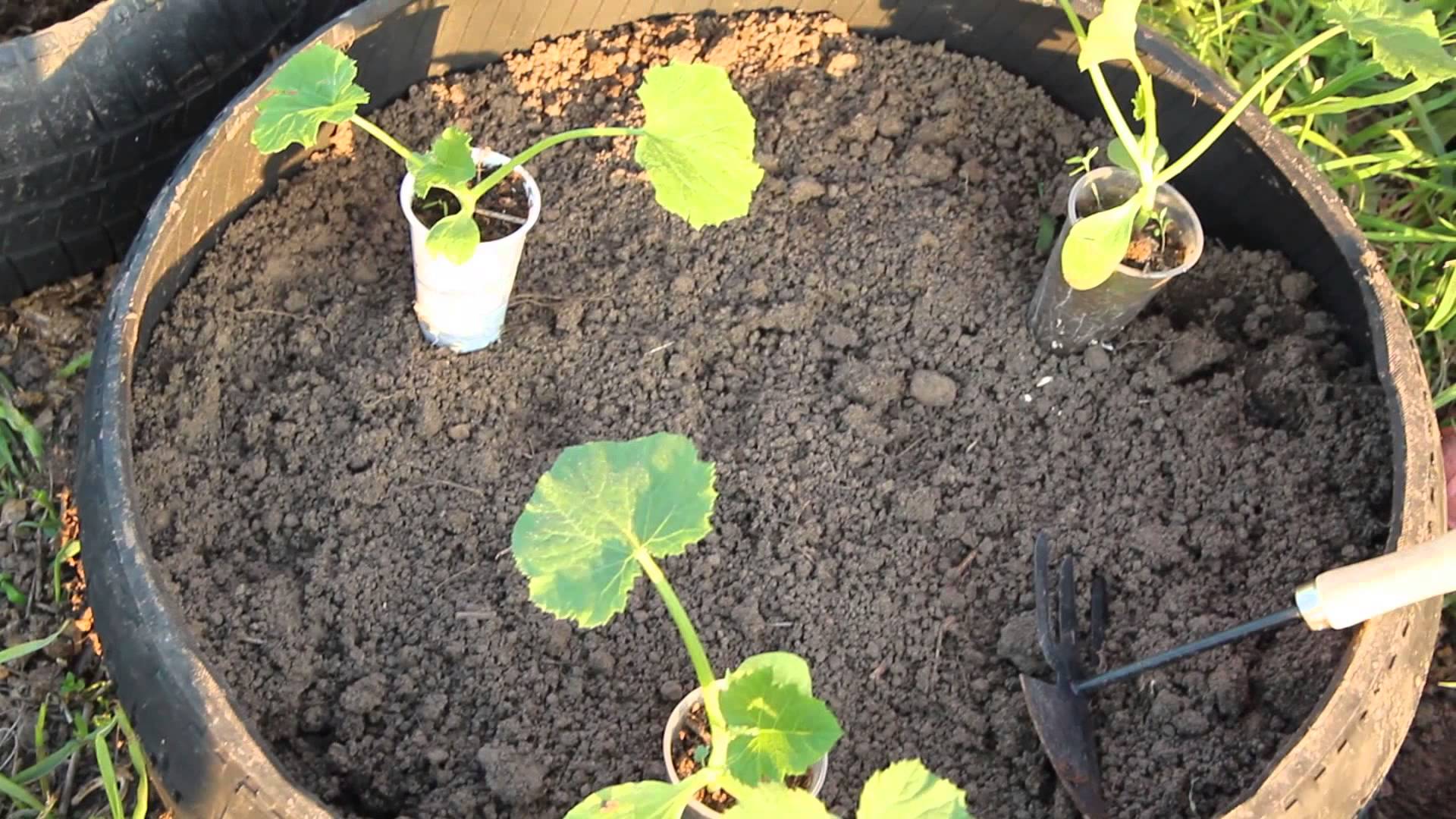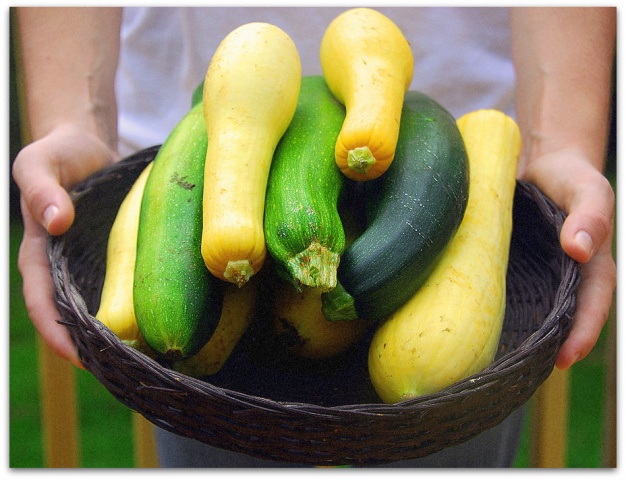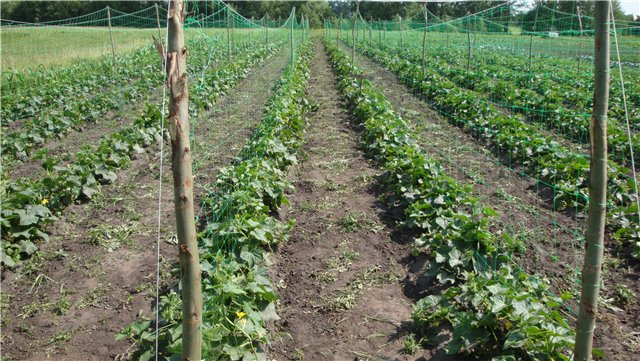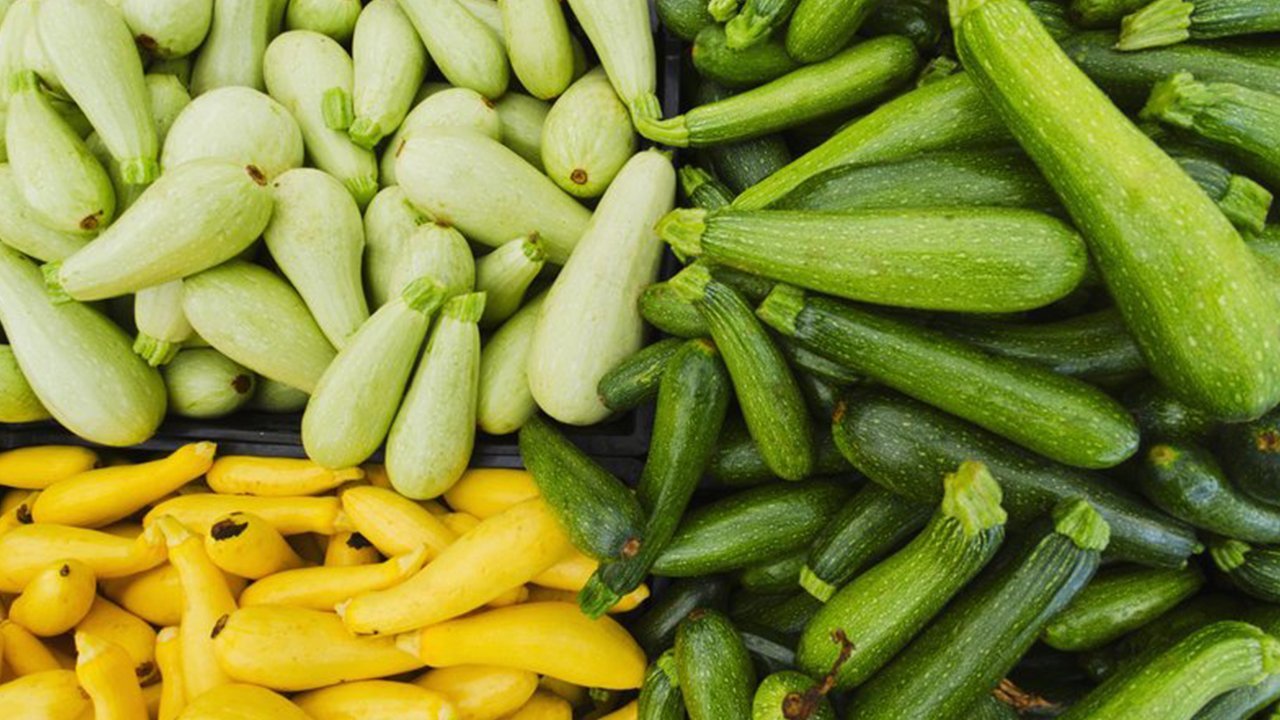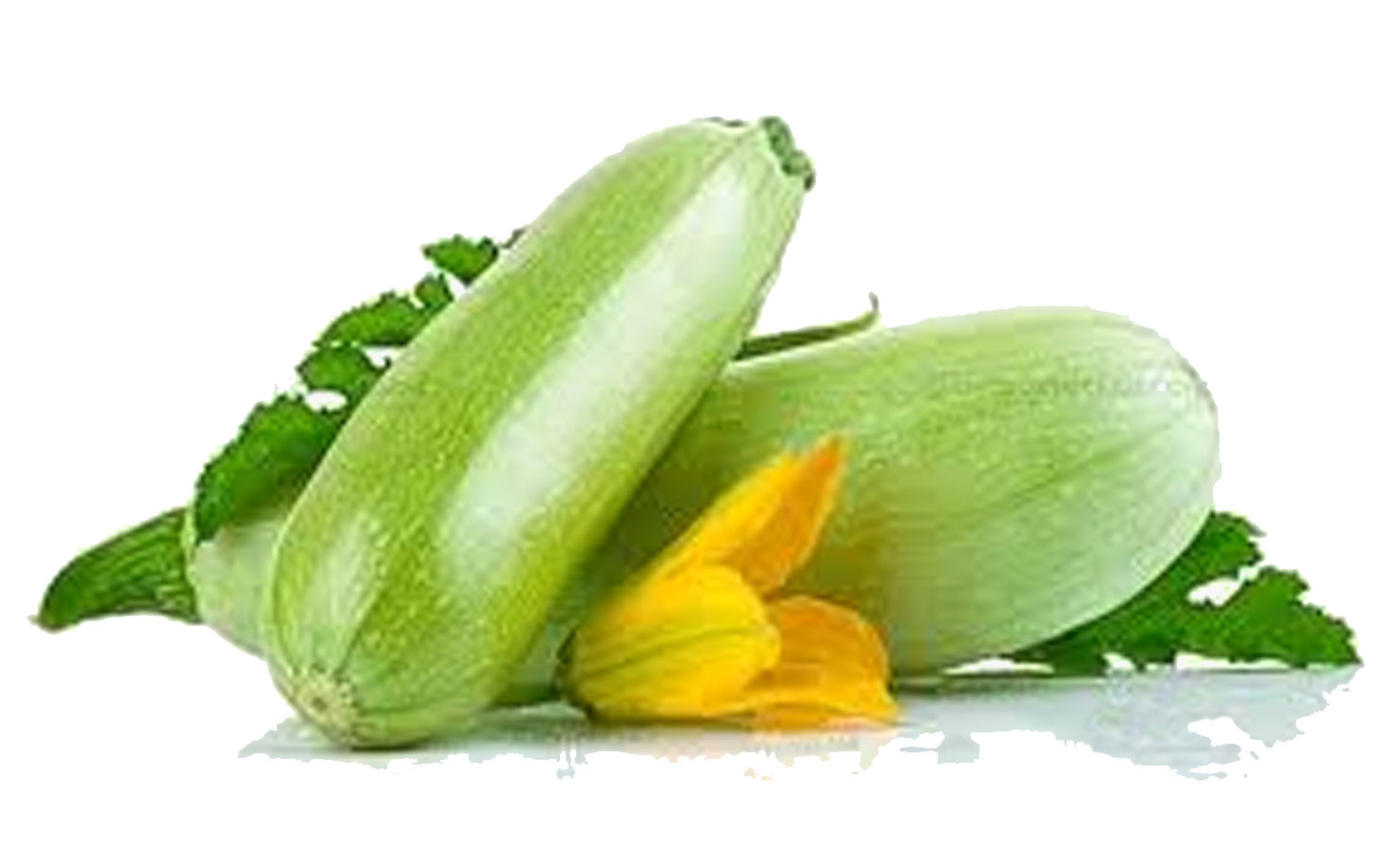Content:
Zucchini is arguably the most common vegetable in vegetable gardens. The fruits of the plant are very healthy and tasty, and the vegetable itself does not burden summer residents with special concerns.
The most common zucchini of the bush type. But there are also semi-bushy long-leaved forms. The plant has a powerful root system and heterosexual flowers that bees visit with pleasure.
Zucchini is on the shelves all year round, but it is much more pleasant to grow it yourself. Moreover, in domestic dachas, the vegetable bears fruit from the end of May and ending in September.
There are a huge number of options for using a vegetable. Moreover, zucchini can act both as the main ingredient of the dish and as an auxiliary one. It is a low-calorie food with 95 percent water. Because of this, it is able to help stabilize weight.
Zucchini in a barrel: growing
Planting zucchini in a barrel is no longer considered an original idea, since every year more and more summer residents resort to this option.
The step-by-step algorithm is simple - having read the instructions once, it is quite difficult to forget the procedure.
- Choose a variety with a small bush. Wicker plants will hang from the barrel and break from the weight of the fruit. Therefore, the best choice: Zucchini, Beloplodny, Bely, Aeronaut, Zolotinka, Lenutsa.
- Select a container with a volume of at least 200 liters. In the middle, you need to stretch a tube with holes prepared in advance in it. Watering will be carried out through them. Several holes are made in the bottom for the outflow of water.
Breeding zucchini in a barrel is greatly simplified if you find the most suitable place for it. In a hot region, this will be the north side of the dacha, in a cool region, the south.
When the container is ready, layers are stacked in it, starting from the bottom:
- brushwood 10-20 cm - drainage function;
- humus 10 cm;
- earth mixed with hay;
- peat mixed with sawdust;
- the soil.
If you want to see the fruits early, then it is better to opt for planting seedlings. The option with seeds also works great, but they are soaked in water before being immersed in the ground until the greens are ripe.
To plant seeds in wet soil, make two holes of 2-3 cm, no more. Top up with soil and watered again. For the plant to start developing faster, the sowing sites should be covered with glass jars or plastic bottles.
Watering is carried out only through a tube and no more than 2.5 liters per day, otherwise the roots will rot. It should be remembered that zucchini love not only warmth, but also moisture. In sunny weather, you need to provide more frequent watering. In rainy times, this measure can be excluded.
Using a barrel helps avoid diseases that often occur when growing vegetables in the usual way. In addition, the container will keep the harvest from slugs.
Zucchini in a barrel can be attacked by a whitefly. In this case, eggs will appear on the back of the leaves, which are visible to the naked eye. In this case, the best option is to process the zucchini with garlic infusion. The same medicine will help get rid of the spider mite, which leaves a cobweb on the inner surface of the leaves.
Zucchini in bags: yougrowing
You need to stock up on suitable bags. Suitable 120-liter polyethylene, flour or sugar. There is no need to rush to fill them with soil immediately.It is important to rinse the bags well and dry. Only then can you begin to prepare the soil.
Zucchini love black soil with a small amount of light clay, sand, organic matter. Therefore, it is necessary to fill the bag like this: fill the bottom of the bag with an organic substrate (fresh and dry grass, leaves, straw, in general, everything that can provide drainage), and on top of it the soil. Proportions: two-thirds of the bag is organic, the rest is fertile soil. Within a week after sowing, the substrate will begin to rot, providing the zucchini with nutrients.
After filling, the bag should be tightly tied, and about ten punctures should be made from the bottom so that the soil does not rot, and the water after irrigation flows out unhindered. Now the future portable garden bed can be left in a sunny place to warm up. Later, the bag is opened and in place of the sagging soil, a new one is added.
Planting zucchini in bags has several advantages:
- sowing and harvesting at an earlier date;
- providing better illumination;
- convenience of harvesting (you do not need to bend over and sit down by the bush);
- rational use of the site area;
- the ability to move the bush with the bag.
This method of cultivation does not exclude the development of diseases in the vegetable. If the gardener noticed that brown spots appeared on the leaves, the fruits lost their elasticity, the flesh was bitter, then the plant collided with anthracnose. Biological treatment is required. If there is a white bloom on the bushes, the plant has sclerotinia. The affected areas need to be powdered with crushed coal.
Zucchini in buckets
When the land area is not enough, and you still want to harvest a large harvest, summer residents begin to actively develop the cultivation of zucchini in buckets. The method has several advantages and therefore deserves attention. Planting zucchini in buckets is easy. At the same time, the number of containers is not limited - how many buckets to plant, the summer resident decides on his own.
First of all, you need to find a container with a volume of 10-15 liters. It is important that it is at least 40 cm. Because if the taproot rests against the bottom, the bush will stop growing upward. Most often, old buckets are used as such a container, so we will focus on them below.
Expanded clay or gravel should be poured into a clean bucket. This measure will avoid liquid stagnation. Fill the bucket with humus. Closer to the edge, a support is stuck, to which the zucchini is later tied.
For planting in buckets, it is better to choose bush hybrids like Cavili. After 3 days of soaking, the seed can already be sent to the ground. You need to ensure regular watering. At the same time, trying to act so that water does not fall on the leaves of the squash. With the appearance of the first fruits, the amount of watering will need to be increased.
When the zucchini is 20 cm long, you can pluck them. Overexposing the vegetable with this method of planting is not recommended. This can affect the formation of the rest, later, fruits.
The secret to a good harvest
Plants of the pumpkin family need regular watering, loosening the soil, cutting off excess leaves and fertilizing.
There are many types of feeding, but most consider a mixture of several components to be the most effective old-fashioned way:
- diamide of carbonic acid;
- boric acid;
- phosphorus fertilizer;
- magnesium sulfate;
- molybdenum liquid.
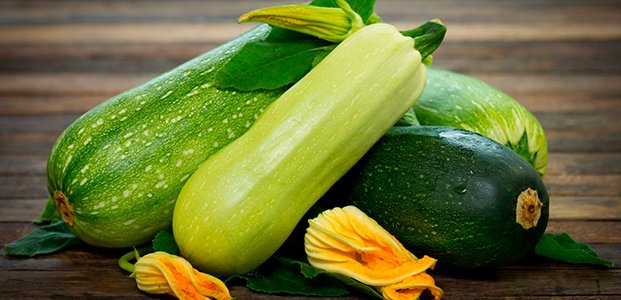
It is necessary to follow the general rules of care - this approach will allow you to collect a rich harvest of zucchini
It is not difficult to grow zucchini, but they often get sick, and the gardeners themselves provoke ailments. The causes of problems are improper care: daily watering in the sun, flooding with water, overdrying, a large amount of fertilizers.
Whichever method or scheme of planting is chosen - in a barrel, bag or bucket - you must follow the general rules of care. It is this approach that will allow you to collect a rich harvest of zucchini and make supplies for the winter.
